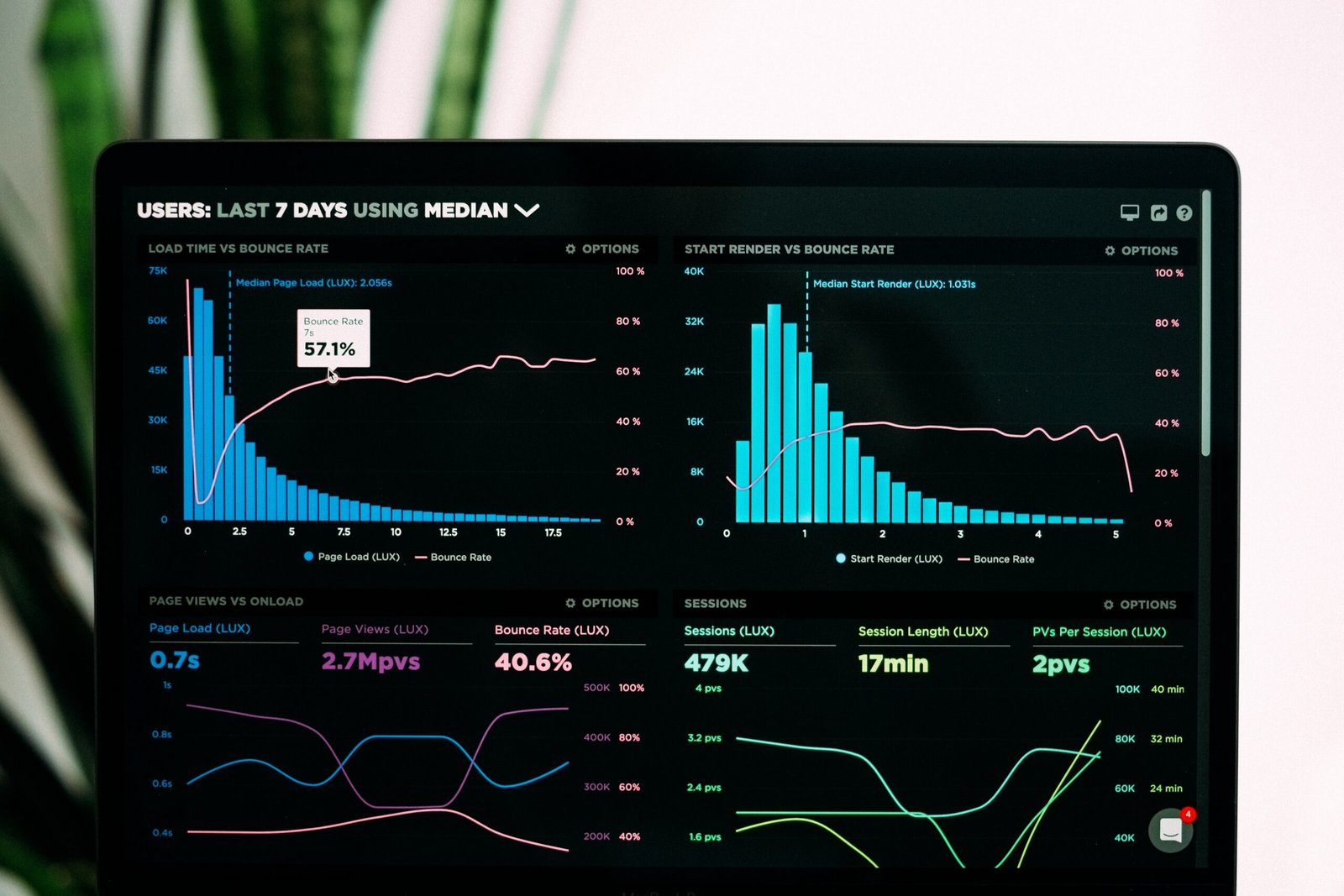Creating a blog website that is friendly to search engines, especially Google, is crucial for driving organic traffic and increasing your online visibility. In this article, we will discuss some important steps and best practices to make your blog website Google-friendly in 2024.
1. Choose a Responsive Design
With the increasing use of mobile devices, having a responsive design is essential. Google prioritizes mobile-friendly websites in its search results. Ensure that your blog website is optimized for different screen sizes and devices.
2. Optimize Page Loading Speed
Page loading speed is a critical factor in user experience and search engine rankings. Google favors websites that load quickly. Optimize your blog website by compressing images, minifying CSS and JavaScript files, and using caching techniques to improve page loading speed.
3. Conduct Keyword Research
Keyword research is the foundation of any successful blog website. Identify relevant keywords and phrases that your target audience is searching for. Use tools like Google Keyword Planner, SEMrush, or Ahrefs to find popular and low-competition keywords.
4. Create High-Quality and Engaging Content
Google values high-quality and engaging content. Write informative, well-researched, and original articles that provide value to your readers. Use headings, subheadings, and bullet points to make your content scannable and easy to read.
5. Optimize On-Page SEO
Optimize your blog website’s on-page SEO elements to improve its visibility on Google. Include relevant keywords in your page titles, meta descriptions, headings, and throughout the content. However, avoid keyword stuffing and ensure that your content reads naturally.
6. Build High-Quality Backlinks
Backlinks are an important ranking factor for Google. Focus on building high-quality backlinks from authoritative websites in your niche. Guest posting, influencer collaborations, and creating shareable content can help you earn valuable backlinks.
7. Utilize Social Media
Social media presence can contribute to your blog website’s visibility. Promote your blog posts on social media platforms to reach a wider audience. Encourage readers to share your content, and engage with your audience through comments and discussions.
8. Optimize for Voice Search
Voice search is gaining popularity, and optimizing your blog website for it can give you an edge. Use natural language in your content, answer frequently asked questions, and consider creating FAQ sections to target voice search queries.
9. Regularly Update and Maintain Your Website
Regularly updating your blog website with fresh content shows Google that your website is active and relevant. Fix broken links, update outdated information, and ensure that your website is secure and free from any technical issues.
10. Monitor and Analyze Your Website’s Performance
Use tools like Google Analytics to monitor and analyze your website’s performance. Track important metrics such as organic traffic, bounce rate, and average time on page. This data will help you identify areas for improvement and make data-driven decisions.
By following these steps and best practices, you can create a blog website that is Google-friendly in 2024. Remember to focus on providing valuable content to your audience and staying up-to-date with the latest SEO trends and algorithm changes.











